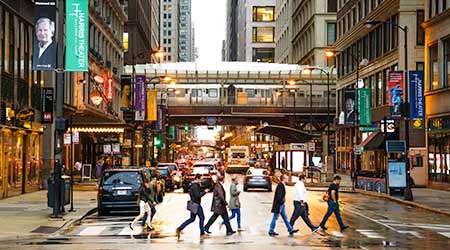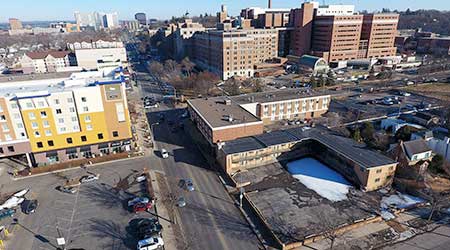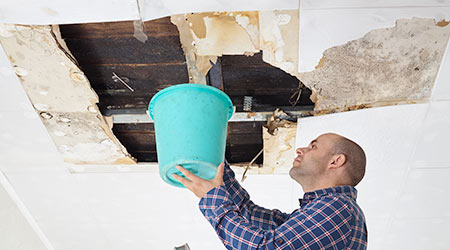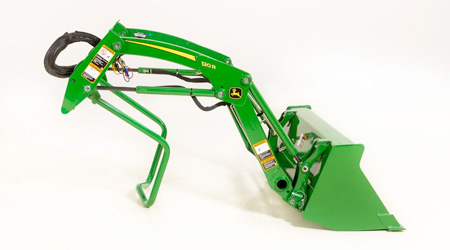
Commercial Offices: User Experience on the Rise
June 8, 2018
The user experience in commercial office space is surpassing square footage as a key market driver, say real estate experts speaking at ULI Boston.
To attract the best talent, some large corporations, including Reebok, are moving their headquarters from the suburbs back to central business districts. The urban vibe and density of amenities are attractive to potential employees, so moving to the city makes sense. Reebok expected to lose some of its workforce through attrition after moving 13 miles from its suburban location, but instead the company found attrition rates were the lowest in years after the move, says vice president Robert Lynch.
Amenities inside a facility are also important components of the user experience in commercial office spaces. These amenities include spaces such as workout facilities, bike parking, and cafes, but the appetite for tenant amenities also includes services such as onsite drycleaning or a manicure bar. While it can be expensive to build out amenity space, it can pay off in tenant attraction and retention.
One last trend discussed at the ULI panel was the way a desire for flexibility is shaping the office landscape. This trend manifests in open office space, with few hardwall offices, which leads to a more fluid and collaborative use of the office environment.
It also manifests in an appetite for shorter leases as companies seek to remain agile. Instead of 5- and 10-year cycles, businesses are focusing more on the next 6-12 months, says Douglas Gensler, managing director and principal of architectural firm Gensler. In response, one real estate strategy is to take up office space in coworking spaces as needed, which gives companies the flexibility to address business needs without a long-term committment to square footage.
This Quick Read was submitted by Naomi Millán, senior editor, Building Operating Management.
Next
Read next on FacilitiesNet












